METHAZOLAMIDE - ORAL
PHONETIC PRONUNCIATION: (METH-a-ZOL-a-mide)
COMMON BRAND NAME(S): Neptazane
GENERIC NAME(S): methazolamide
Uses
USES: This medication is used to treat high pressure inside the eye due to certain types of glaucoma. Lowering high pressure inside the eye helps to prevent blindness, vision loss, and nerve damage. Methazolamide belongs to a class of drugs known as carbonic anhydrase inhibitors. It works by decreasing the production of fluid inside the eye.
How to use METHAZOLAMIDE - ORAL
HOW TO USE: Take this medication by mouth as directed by your doctor, usually 2 or 3 times a day. This medication may be taken with food if stomach upset occurs. To reduce your risk of certain side effects (kidney stones), drink plenty of fluids unless otherwise directed by your doctor. The dosage is based on your medical condition and response to treatment. Use this medication regularly to get the most benefit from it. To help you remember, take it at the same times each day. Keep taking this medication even if you feel well. Most people with glaucoma or high pressure in the eye(s) do not feel sick.
Side Effects
Precautions
Interactions
Overdose
Images
Reviews
Faq for METHAZOLAMIDE - ORAL
Methazolamide is primarily used to treat glaucoma, a condition that causes increased pressure in the eye. It helps to lower intraocular pressure and prevent potential vision loss.
Methazolamide works by inhibiting carbonic anhydrase, an enzyme that plays a role in the production of fluid in the eye. By reducing the production of fluid, it helps to lower intraocular pressure.
Common side effects of methazolamide may include frequent urination, loss of appetite, nausea, vomiting, diarrhea, dizziness, drowsiness, and a metallic taste in the mouth.
Methazolamide is typically taken orally, usually 1 to 4 times per day as prescribed by your doctor. It is important to follow your doctor's instructions and take the medication with food to reduce stomach upset.
It is generally not recommended to take methazolamide during pregnancy unless the potential benefits outweigh the risks. It is important to consult with your doctor before taking this medication if you are pregnant or planning to become pregnant.
The safety and effectiveness of methazolamide in children have not been established. It is important to discuss with your child's healthcare provider before considering the use of this medication in children.
If you miss a dose of methazolamide, take it as soon as you remember. However, if it is close to the time of your next scheduled dose, skip the missed dose and resume your regular dosing schedule. Do not double the dose to catch up.
Methazolamide may interact with certain medications, including blood thinners, antiepileptic drugs, and salicylates. It is important to inform your doctor or pharmacist about all the medications, vitamins, and herbal supplements you are currently taking to avoid any potential drug interactions.
Methazolamide may take several weeks to reach its full effect in lowering intraocular pressure. It is important to continue taking the medication as prescribed and follow up with your doctor to monitor its effectiveness.
Disclaimer
IMPORTANT: HOW TO USE THIS INFORMATION: This is a summary and does NOT have all possible information about this product. This information does not assure that this product is safe, effective, or appropriate for you. This information is not individual medical advice and does not substitute for the advice of your health care professional. Always ask your health care professional for complete information about this product and your specific health needs.
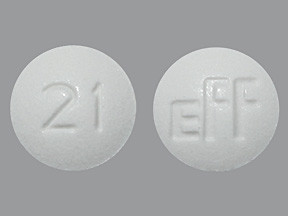
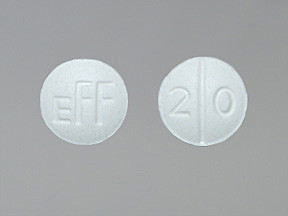
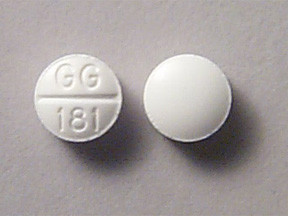
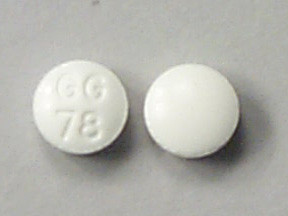
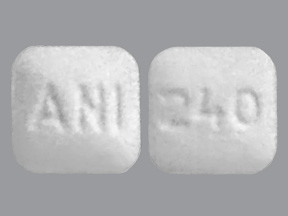
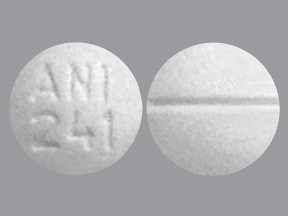
No Reviews Yet